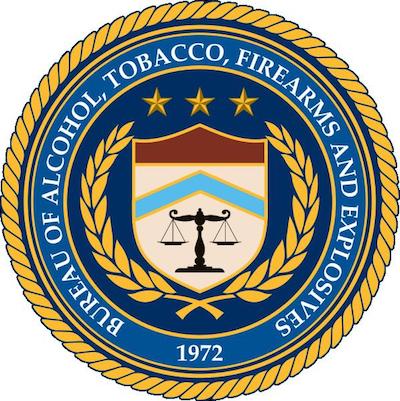
ATF Associate Deputy Director Calls For Major Gun Regulation Rollback
The second-highest-ranking official at the Bureau of Alcohol, Tobacco, Firearms and Explosives has put forth a proposal to reduce gun regulations, including exploring a possible end to the ban on importing assault weapons into the United States.
Ronald Turk, Associate Deputy Director and Chief Operating Officer of the Bureau of Alcohol, Tobacco, Firearms and Explosives calls for major changes that should have Second Amendment advocates cheering. While his proposal will undoubtedly be a disappointment to some Democrats and gun control activists, he has explained the rational behind each component of his new proposal in depth.
The 11-page “white paper” [titled “Options to Reduce or Modify Firearms Regulations,”] by Ronald B. Turk, associate deputy director and chief operating officer of the ATF, calls for removing restrictions on the sale of gun silencers; allowing gun dealers to have more guns used in crimes traced to their stores before the federal government requires additional information from the dealer; and initiating a study on lifting the ban on imported assault weapons.
Second Amendment advocates have high hopes as support for the Hearing Protection Act permeates even the ATF. The new changes could also remove suppressors from the morass of legal restrictions now governing their purchase and ownership. The ATF’s new white paper states:
“Silencers are very rarely used in criminal shootings. Given the lack of criminality associated with silencers, it is reasonable to conclude that they should not be viewed as a threat to public safety.”
According to tribunist.com:
The second point is more complicated, and has to do with free-market fairness. Gun store owners and FFL holders are not responsible for the actions of gun owners any more than a hardware store owner is responsible for what a customer does with a hammer bought in his or her store. Yet the controversial nature of all-things-gun-related has put an often unfair burden on store owners to defend selling guns to customers who can buy them legally. The white paper suggests a more realistic approach for holding dealers accountable.
The last concern is a big one for collectors and sportsmen, alike. The bans on importation of certain guns makes no sense. Some are deemed “assault weapons.” Some of those same assault weapons are available here in the states, and used for defense and hunting and other sporting activities that don’t involve assault. Why would a gun you could buy legally here in the U.S., which is made here in the U.S., be unavailable to import? The question becomes even more absurd when you consider many of these guns are military antiques that were made in the U.S., but left in conflict zones more than half a centruy ago–like the beloved M1 Carbine, a favorite of military collectors.
“Restriction on imports serves questionable public safety interests, as these rifles are already generally legally available for manufacture and ownership in the United States,” Turk wrote..“Those firearm types are now standard for hunting activities. These restrictions have placed many limitations on importers, while at the same time imposing a heavy workload [on those responsible for certifying importation].”.While many are applauding the white-paper, it has its detractors. “This white paper offers a disturbing series of giveaways to the gun industry that would weaken regulatory oversight of the gun industry without adequate consideration of the impact on public safety,” Chelsea Parsons, vice president of guns and crime policy at the Center for American Progress, told WAPO.”
Turk’s paper states that its purpose is “to provide the new administration and the Bureau multiple options to consider and discuss regarding firearms regulations.” He went on to explain:
“These general thoughts provide potential ways to reduce or modify regulations, or suggest changes that promote commerce and defend the Second Amendment without significant negative impact on ATF’s mission to fight violent firearms crime and regulate the firearms industry.”
Parsons commented saying: “ATF has long described its regulatory function as a core part of its law enforcement mission to fight gun crime, yet this paper seems to prioritize reducing perceived burdens on the gun industry over an interest in protecting public safety from the illegal diversion of firearms.”
~ click here to read the white paper on firearms regulations ~
sources: tribunist.com, washingtonpost, ATF website
